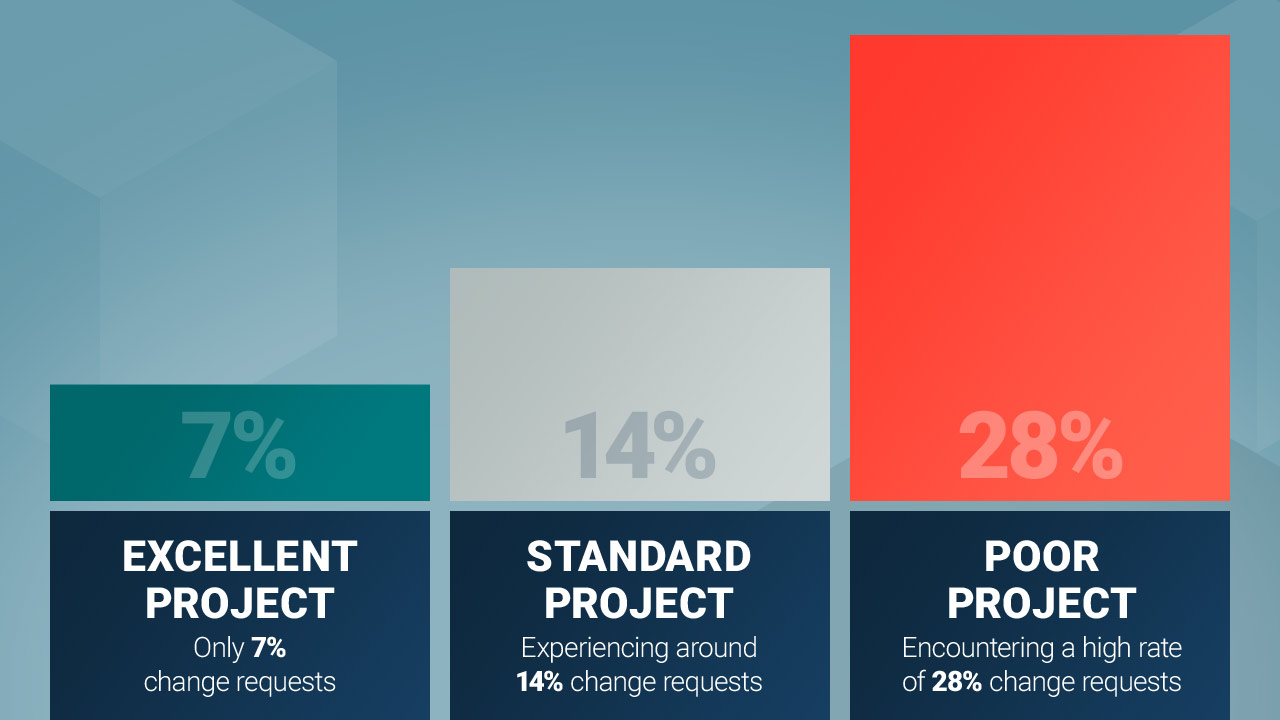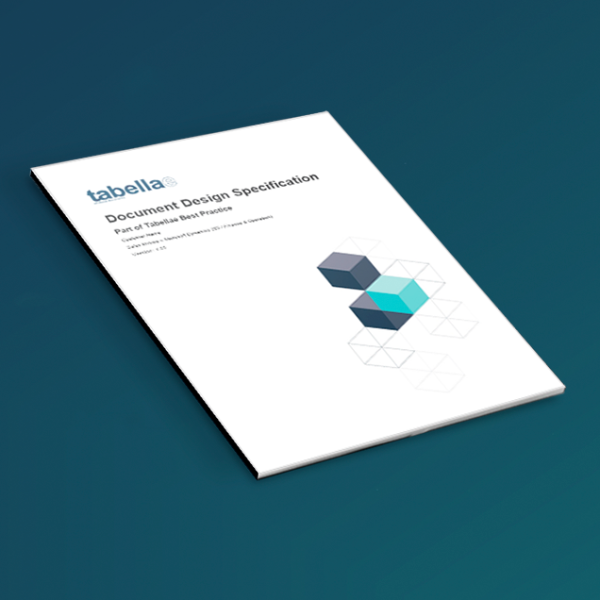The good project
A good project demands everyone’s contribution
It takes something from us, but also from you. Together, let’s increase the chances of your ERP project going live on time and on budget. At the bottom of the page you’ll find 5 tips to significantly increase your chances.

1. Align expectations
Setting expectations and defining the scope of a project before we start helps us make your project more predictable.
Every project is different… Some projects have a tight deadline – requiring compromises such as fewer reports when they go live, fewer design features and perhaps a more agile approach to development.
It’s important to set expectations at the beginning of the project:
- What is the desired and realistic go-live date? (deadline)
- The level of document security
- What does it take to ensure uninterrupted operation? (test)
- The scope of legal requirements
- Internal resources and expertise
Remember: Make a realistic schedule! It’s no good going live just before a summer vacation, as there will always be fixes.


2. Allocate the right resources
You must participate in the project with dedicated resources that can provide the necessary information to our consultants.
Output Management is a business-critical area that needs its own resources. The best people to assign to the project are the users of the reports – because they know their business and operational needs.
Project resources must give up other tasks that need to be outsourced to others in the organization. Make sure the project and its resources are anchored in management. For example, if a key person is removed from the project, the steering committee/management team is convened to reassess the project.
The resources needed depend on:
- Complexity
- Number of reports
- Internal resources and expertise
3. prioritize the tasks around your documents
This area of the ERP project is business critical…
No labels, no shipping
– no invoices, no revenue
If you don’t take it seriously, you’ll end up with an ERP project that doesn’t go live:
- Time
- Budget
- Reporting requirements


“The involvement of our employees has been crucial. They are the ones who know the needs best and how things work in everyday life”
Jens Engbo Norddahl, CEO
Nviro – Nordic Wood Industries
4. Create good specifications
Tabellae’s Document Design Specifications (DDS) are there for a reason. Fill them with as much data and requirements as possible, e.g. legal regulatory requirements, format, design, etc.
We’re happy to provide resources to help you create super-quality specifications. However, you still need to have the right resources available for clarifications.
3 tips:
- Every little detail counts – so make a note of it!
(If you miss something afterwards, it requires a change request) - Spend the right amount of time on each specification.
- Remember to involve the people who use the documents – they know what they need.


5. Testing with users and real-world data
Good test data and examples created in Dynamics make the project easier and minimize risks:
- The better the data and description of what data we need to test, the easier it will be.
- Testing isn’t just about printing a document – it’s about the entire process from creating the document to sending it. If you don’t test, you risk shutting down your entire business. For example, you may experience an error when shipping to the UK but not to EU countries. Therefore, test wherever you ship your goods to.
NB. Data in environments is often overwritten, in which case you need to provide us with new data.
Good project management and an experienced team play a crucial role in effective implementation and subsequent operations.
Whether you want to learn more about our implementation strategy, timelines, resource allocation or other project-related aspects, you are more than welcome to contact us.
